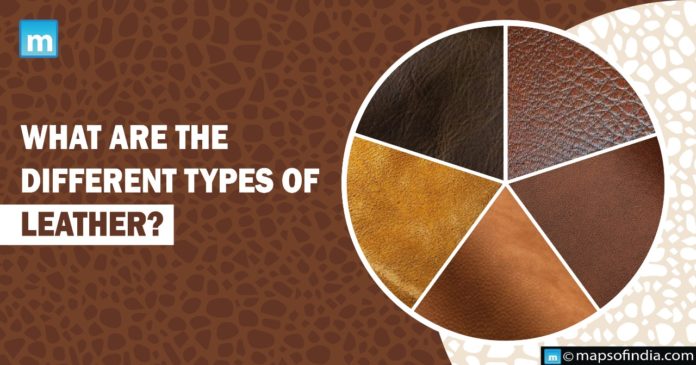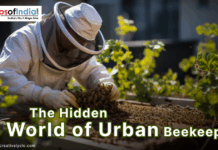Several variables can depend on the grade of leather a creature generates. Most of these have something to do with the environment the creature resided in, such as its food, health, weather, or susceptibility to illness.
Once the animal was killed, additional parameters that influence the leather’s value arise into play, including the chemical compounds utilized in tanning, the colourings and smudges used, and the transportation and handling procedures.
Mentioned below are the types of Leather:
- Full-grain leather
The upper surface of the skin is full-grain leather. It is dyed using volatile aniline colours that do not cover the hide’s original texture. Semi-aniline dyes are rarely utilized to provide the leather with a small safety covering and guard it against stains. This material area is the toughest and more resistant in the overall skin because of its vertical thread structure; it would not shred, fracture, rip, or pierce. The fabric is moisture-resistant because of the precise texture pattern. Full-Grain leather has a distinctive look that contributes to its attraction; each item depicts an individual creature.
The animal’s marks and imperfections are still present, including bug bites, branding marks, folds, and wounds from rubbing up with a wire barrier or thorn. Anybody that ever possessed full-grain leather is familiar that it gets better over time and accumulates a deep colour. Just this specific sort of leather develops in this manner.
- Top grain Leather
This leather is the second covering of the skin. Polishing and rubbing have been used to erase the leather’s texture and minimize lumps and bumps. This provides the material with a more consistent look and indicates that it would wear a lot more quickly and be far less resilient than full-grain material.
‘Corrected’ leather is a subtype of top grain material. Top Grain leather underwent a lengthy procedure of polishing, pressing, colouring, and polishing to give a consistent look with no leftover natural blemishes.
- Nubuck Leather
Top Grain Cowhide that has been rubbed and cleaned to bring out the microfibers, which give it a smooth surface, is called Nubuck. The lavish texture will alter the colour once you brush your palm across; it is comparable to suede but much more costly. This may be white or coloured and is more rigid and heavier than suede. It looks coarser than suede and could still possess certain natural lines.
- Suede
Suede is a type of cowhide manufactured from the internal lining of the skin, which was the side that first came to interface with animal flesh. The cowhide is produced by sanding and buffing the surface, making it smoother and better elastic than Nubuck, yet not quite as durable. It is delicate to stains due to its absorbing texture.
- Bonded Leather
Bonded leather, the lowest quality obtainable, is produced using production scraps. This substance, also called reassembled or mixed, should possess a minimum of 50% animal skin. Bonded leather is produced from skin shreds and fibres which have been completely processed. These components are blended with a bonding material, such as latex, and the combination is applied to a substrate made from paper or fabric.
Bonded leather could be stamped with a leather-like pattern when this phase is finished. Top grain leather is more durable than bonded leather. Due to this, makers often employ it for few.




